Research Research Highlights
Research Highlights
Research Highlights
Research Highlights
Research Highlights 미리보기

Professor Hyobin Yoo’s Research Team at SNU Develops 2D Quantum Material Platform Using Moiré Lattice Superposition
Prof. Hyobin Yoo
Seoul National University College of Engineering has announced that a joint research team led by Professor Hyobin Yoo from the Department of Materials Science and Engineering, in collaboration with Professor Young-Woo Son (Korea Institute for Advanced Study) and Professor Changwon Park (Ewha Womans University), has successfully developed a two-dimensional (2D) quantum material platform through the superposition of moiré lattices.
Research Highlights Board

Unique adipose tissue invariant natural killer T cell subpopulations control adipocyte turnover in mice
Prof. Jae Bum Kim
Adipose tissue invariant natural killer T (iNKT) cells are a crucial cell type for adipose tissue homeostasis in obese animals. However, heterogeneity of adipose iNKT cells and their function in adipocyte turnover are not thoroughly understood.

Impact of chlorite dehydration on intermediate-depth earthquakes in subducting slabs
Prof. Haemyeong Jung
Intermediate-depth earthquakes are common in the double seismic structures of many subduction zones under high pressures (~1–4 GPa).

Vortex nanolaser based on a photonic disclination cavity
Prof. Hong-Gyu Park
Optical vector vortex beams provide additional degrees of freedom for spatially distinguishable channels in data transmission.
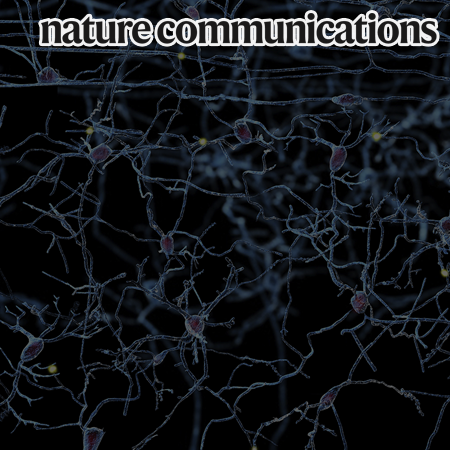
Understanding the molecular mechanisms of odorant binding and activation of the human OR52 family
Prof. Hee-Jung Choi
Structural and mechanistic studies on human odorant receptors (ORs), key in olfactory signaling, are challenging because of their low surface expression in heterologous cells.

Inference of admixture origins in indigenous African cattle
Prof. Heebal Kim and Choongwon Jeong
Present-day African cattle retain a unique genetic profile composed of a mixture of the Bos taurus and B. indicus populations introduced into the continent at different time periods.
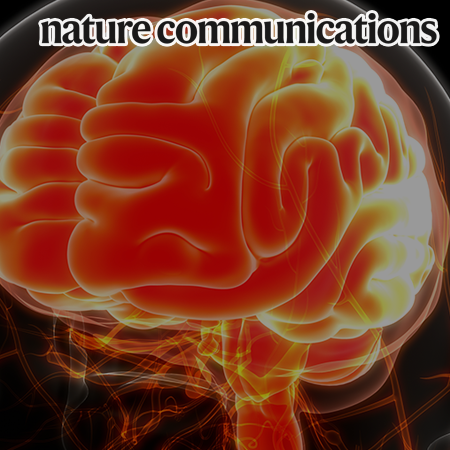
The ultra-thin, minimally invasive surface electrode array ‘NeuroWeb’ for probing neural activity
Prof. Hong-Gyu Park
Electrophysiological recording technologies can provide valuable insights into the functioning of the central and peripheral nervous systems.
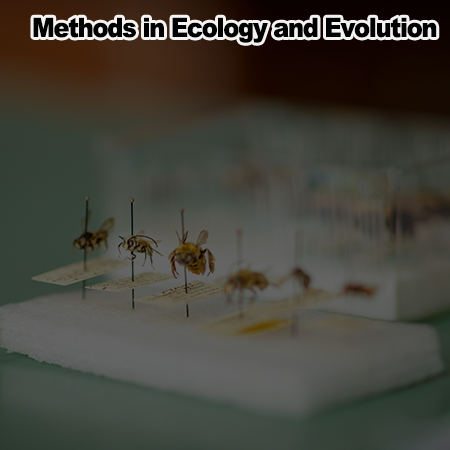
The Water-Exclusion Trap (WET): A 3D printable window trap collector that prevents DNA degradation
Prof. Seunghwan Lee
Sampling is one of the most important and fundamental processes in field biology. Among many sampling methods in entomology, window traps have long been considered one of the most effective and standardized methods.

A tiny key to plant growth
Prof. Hyung-Taeg Cho
PIN-FORMEDs (PINs) are auxin efflux carriers that asymmetrically target the plasma membrane (PM) and are critical for forming local auxin gradients and auxin responses.

Design of a trigonal halide superionic conductor by regulating cation order-disorder
Prof. Kisuk Kang
Lithium-metal-halides have emerged as a class of solid electrolytes that can deliver superionic conductivity comparable to that of state-of-the-art sulfide electrolytes, as well as electrochemical stability that is suitable for high-voltage (〉4 volt) operations.
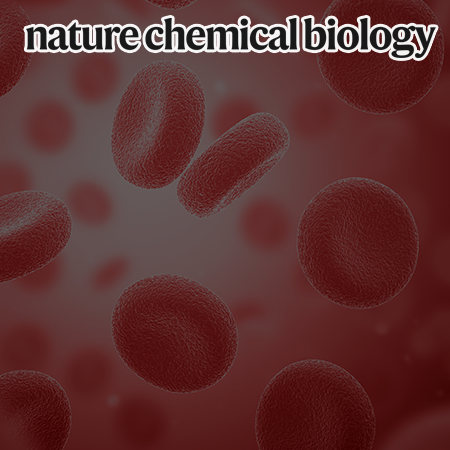
SNU-KAIST-KRIBB joint research team, elucidation of Coenzyme Q10 synthesis pathway through mitochondrial proteome study
Prof. Hyun-Woo Rhee
SNU-KAIST researchers highlighted the pivotal role of the protein RTN4IP1 in Coenzyme Q (CoQ) synthesis, crucial for cellular energy production. Using proximity labeling technology, they pinpointed RTN4IP1's location and its involvement in CoQ biosynthesis.

Resonant cavity phosphor
Prof. Heonsu Jeon
Prof. Heonsu Jeon’s research team at SNU has developed a structurally engineered phosphor platform based on simple and compact resonant cavity, which greatly enhances color conversion efficiency, effectively requiring far less phosphor material than the structureless counterpart.
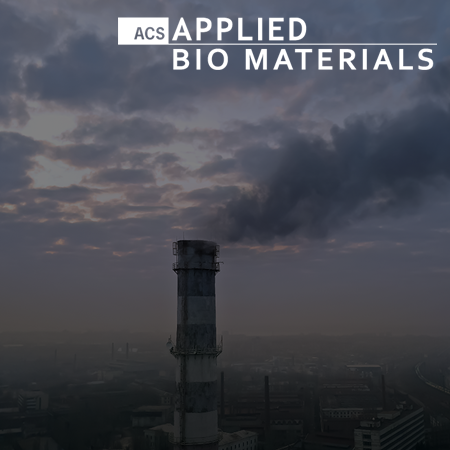
Bioactive and Hemocompatible PLA/Lignin Bio-Composites: Assessment of In-Vitro Antioxidant Activity for Biomedical Applications
Prof. Joon Weon Choi
In this study, acetylated soda lignin (ASL) and non-acetylated soda lignin (SL) were extruded with PLA in different concentrations to fabricate antioxidant polylactic acid (PLA)/lignin composites for potential biomedical applications. After lignin acetylation, good compatibility was observed between PLA and lignin in SEM images.

